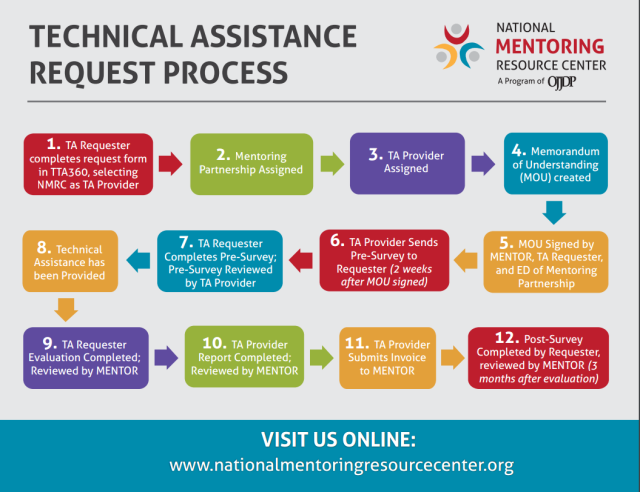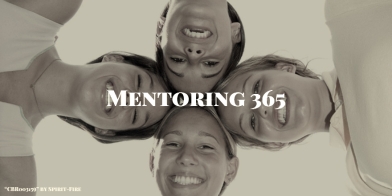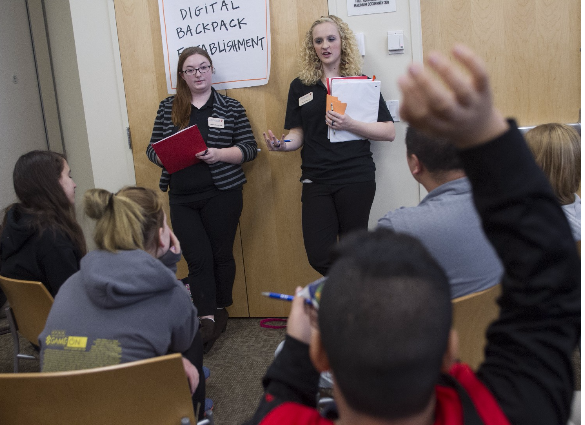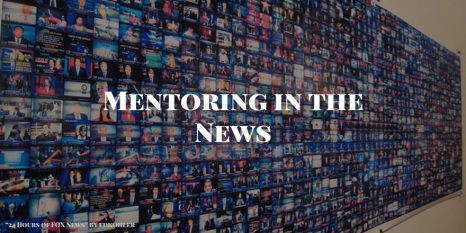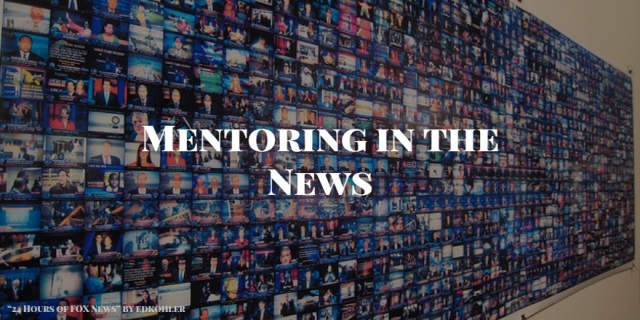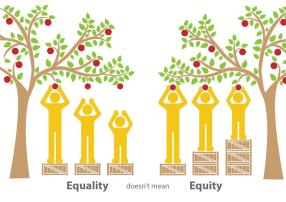On Wednesday, September 21st, MPM hosted the 2016 Mentoring Caucus, this year’s take on our more traditional conference (inspired by the election season)! To kick it off, Eric Mahmoud, Founder and CEO of the Harvest Network of Schools, spoke about the importance of believing in youth as the key to making headway in a child’s success.
After the powerful and inspiring keynote, over 100 attendees participated in workshops focused on emerging trends and best practices in the mentoring and youth development fields. Topics ranged from How to Talk to Kids About Race to Youth Initiated Mentoring to Social Emotional Learning (SEL) and it’s implementation by mentoring programs here in Minnesota. After their morning workshops, guests from across the state and surrounding region took a break for a “Taco Talk” Networking Lunch.
The afternoon resumed with large group polling and table discussions based on thought-provoking ideas bubbling up in our field. After a second round of workshops, the 2016 Mentoring Caucus closed with a rally focusing on the importance of personal reflection and self-care featuring PROJECT DIVA’s Neda Kellogg and Caprice Overstreet. The dynamic speakers made the connection that all of the work that we, as mentoring professionals, do every day requires us to stay refreshed and renewed. We can’t do our best work if we aren’t taking care of ourselves.
After an inspiring day, here were some thoughts from this year’s attendees:
“I came away feeling very positive and energized by all the wonderful work being done in the mentoring field. It is impressive seeing the work that is being done and the research that will help to support the value of mentoring. As usual, I hate to choose between workshops because I feel that I am missing out on workshops that I didn’t pick! “
“These types of training opportunities are critical for our staff and organization, since we do not have a state mentoring partnership and are very remote. I truly appreciated the personal interest your staff has in the attendees, and for the meaningful workshops, keynote addresses and other opportunities throughout the day. “
“I left the conference feeling totally energized, not just by all the new information I received, but by the enthusiasm and passion of my peers in the field.”
We are grateful to all of the wonderful presenters and peers in the mentoring field across the state and region that allowed for a day full of beneficial discussion, networking, and learning! Of course, the day wouldn’t have been a success without the many volunteers and generous sponsors. Thank you to everyone that was a part of the 2016 Mentoring Caucus!
_________________________________________________________
MPM would like to thank the following sponsors who helped make the 2016 Mentoring Caucus possible:




